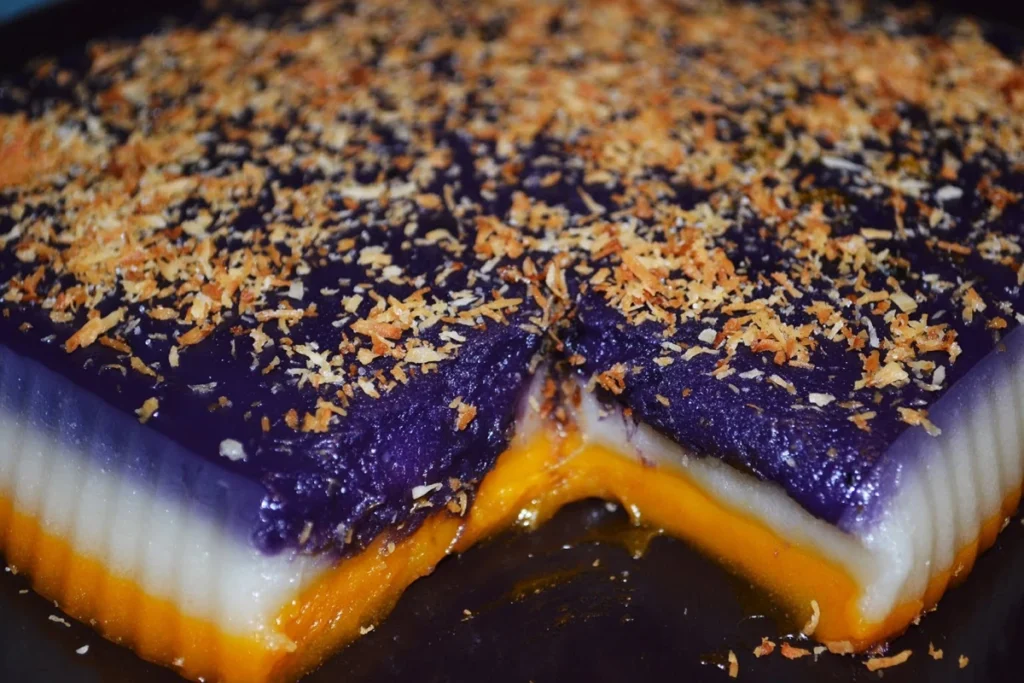The cuchinta recipe is a beloved Filipino delicacy that has been cherished for generations. This sticky, sweet, and chewy rice cake is a staple in Filipino households, often served during breakfast or merienda (afternoon snack). Its unique texture and flavor make it a favorite among both young and old, and it’s an essential part of Filipino culinary tradition.
Introduction to Cuchinta
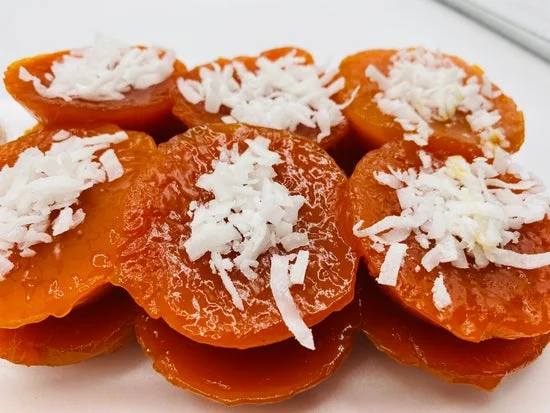
The Origin and History of Cuchinta
The cuchinta recipe traces its roots back to the Philippines, where it has been a popular treat for centuries. The exact origin of this delicacy is hard to pinpoint, but it is widely believed to have been influenced by Chinese cuisine, particularly in its use of rice flour and steaming techniques. Over time, cuchinta has evolved into a uniquely Filipino dish, often served alongside other native delicacies like Puto and Bibingka.
Cultural Significance of Cuchinta in the Philippines
Cuchinta holds a special place in Filipino culture. It’s more than just a snack; it’s a symbol of togetherness and celebration. Whether it’s during family gatherings, fiestas, or religious events, the cuchinta recipe is often present, bringing people together to enjoy its simple yet satisfying taste. It’s also a common offering during the Filipino Christmas season, known as Pasko, where it’s enjoyed with other traditional foods.
Ingredients for Making Cuchinta

Main Ingredients
To make the cuchinta recipe, you’ll need a few simple ingredients that are easily accessible:
- Rice flour: This is the base of the cuchinta recipe, giving it its characteristic chewy texture.
- Brown sugar: Adds sweetness and gives the cuchinta its distinct brown color.
- Lye water: A key ingredient that helps in achieving the firm and chewy consistency.
- Annatto seeds (Atsuete): These seeds are soaked in water to extract a natural orange-red color, which is optional but traditional.
- Water: To combine all the ingredients into a smooth batter.
Optional Ingredients for Variation
While the traditional cuchinta recipe is simple, you can experiment with different ingredients to add variety:
- Coconut shreds or grated coconut: To sprinkle on top for extra texture and flavor.
- Cheese: Some prefer a savory twist by adding cheese as a topping.
- Ube flavoring: For a vibrant purple cuchinta with a subtle, sweet flavor.
Step-by-Step Guide to Making Cuchinta
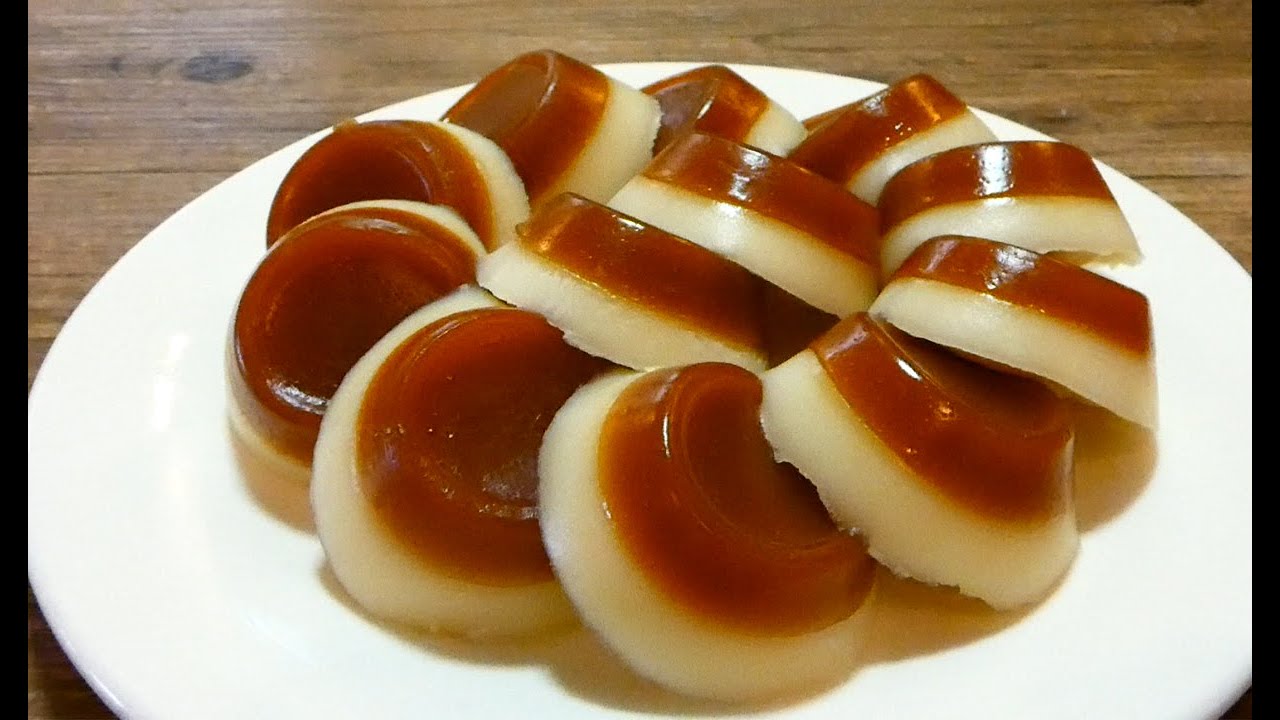
Preparation of Ingredients
Before you start cooking, it’s essential to prepare all your ingredients for the cuchinta recipe. Measure out your rice flour, brown sugar, and water. If you’re using annatto seeds, soak them in a small amount of hot water to release the color, then strain and set aside.
Mixing the Batter
In a large bowl, combine the rice flour, brown sugar, and lye water. Slowly add in the water while mixing continuously to avoid lumps. If you’re using annatto water, add it at this stage to achieve the desired color. The batter for the cuchinta recipe should be smooth and slightly thick.
Steaming the Cuchinta
Pour the batter into small molds, traditionally made of plastic or metal. Place the molds in a steamer and cook for about 30 to 40 minutes, or until the cuchinta recipe has set and is firm to the touch. Be careful not to overcook as this can cause the cuchinta to become too hard.
Cooling and Serving
Once steamed, remove the molds from the steamer and let them cool. After cooling, gently remove the cuchinta from the molds. Serve with grated coconut on top or any topping of your choice.
Tips for Perfecting Your Cuchinta

Achieving the Right Consistency
The key to perfecting your cuchinta recipe lies in its consistency. It should be firm yet chewy, not too soft or too hard. Adjust the amount of lye water to achieve the perfect texture, and make sure to steam at the correct temperature.
Common Mistakes to Avoid
One common mistake in making the cuchinta recipe is adding too much lye water, which can make the cuchinta too firm and bitter. Another is oversteaming, which can cause the cuchinta to dry out. Always keep an eye on the cooking time and follow the recipe closely.
Variations of Cuchinta
Flavored Cuchinta
For a twist on the traditional cuchinta recipe, try adding different flavors to your cuchinta. Ube (purple yam) is a popular choice, giving the cuchinta a vibrant color and subtle sweetness. Pandan and coconut flavors are also great alternatives.
Cuchinta with Toppings
Experiment with toppings to add extra flavor and texture to your cuchinta recipe. Grated coconut is the classic choice, but you can also try cheese, butter, or even a drizzle of condensed milk for added richness.
Health Benefits of Cuchinta
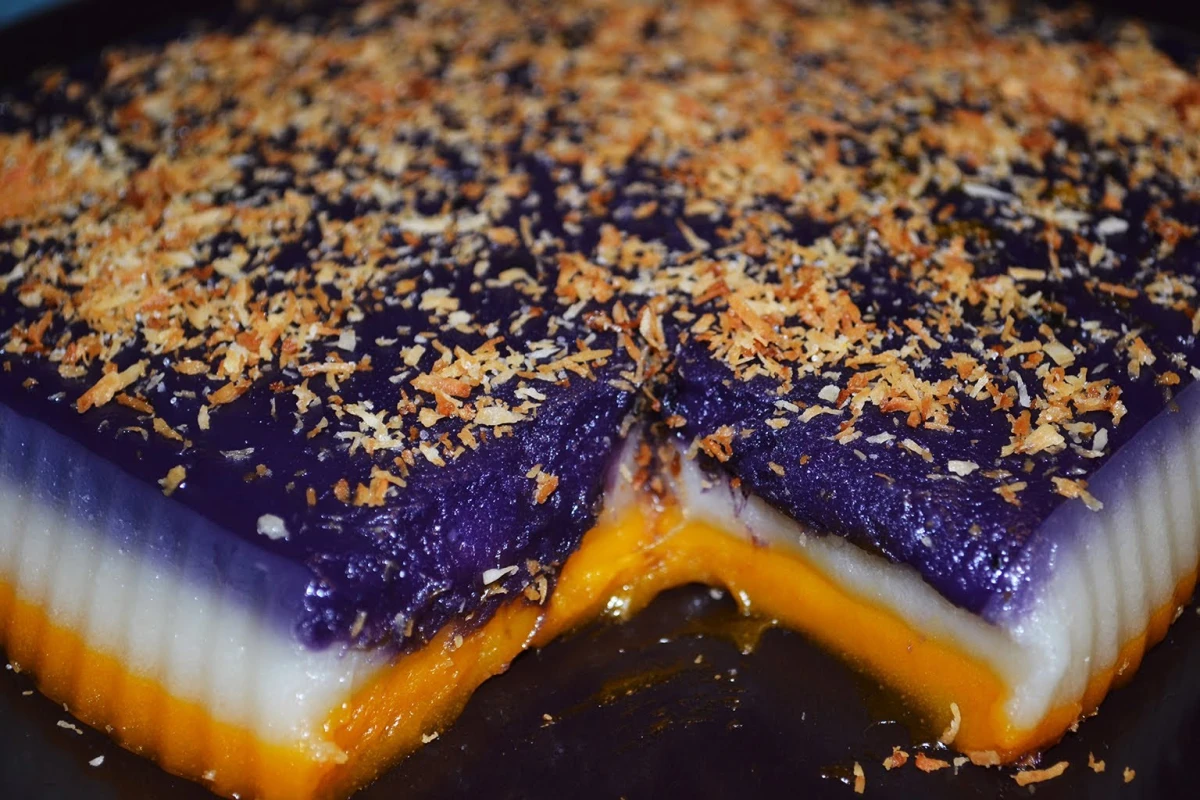
Nutritional Value
The cuchinta recipe is relatively low in calories and fat, making it a guilt-free snack option. It’s made from rice flour, which is gluten-free and easy to digest. The brown sugar used in cuchinta also contains small amounts of minerals like calcium, potassium, and magnesium.
How Cuchinta Fits into a Balanced Diet
While cuchinta is a sweet treat, it can be enjoyed as part of a balanced diet when consumed in moderation. Pair the cuchinta recipe with fresh fruit or a protein-rich food to make it a more complete snack.
Cuchinta in Filipino Celebrations
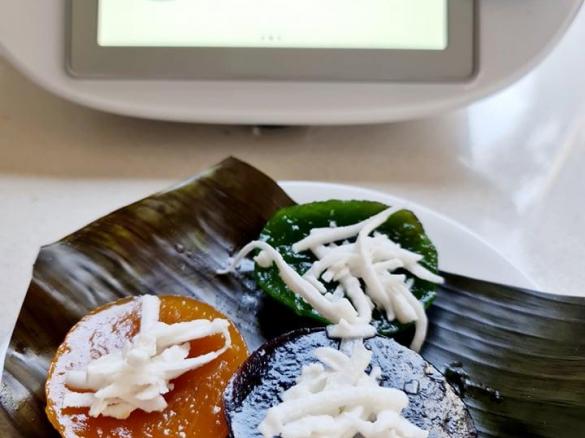
Occasions Where Cuchinta is Served
The cuchinta recipe is often served during special occasions in the Philippines, such as fiestas, birthdays, and religious events. It’s a popular choice for breakfast or merienda, and it’s usually served alongside other Filipino delicacies.
How to Present Cuchinta for Special Events
When serving the cuchinta recipe for special occasions, presentation is key. Arrange the cuchinta on a platter and garnish with grated coconut or other toppings. For a festive touch, you can place each piece in colorful, decorative molds or add small flags.
Conclusion
Making the cuchinta recipe at home is not only easy but also rewarding. With its simple ingredients and straightforward process, you can bring a taste of Filipino tradition into your kitchen. Whether you’re preparing it for a family gathering or just as a treat for yourself, cuchinta is a delicious and versatile dish that everyone will love.
FAQs
What is the best flour to use for Cuchinta?
Rice flour is the best choice for the cuchinta recipe as it provides the chewy texture that this delicacy is known for.
Can I store Cuchinta, and how long does it last?
Yes, the cuchinta recipe can be stored in an airtight container at room temperature for up to 2 days. For longer storage, keep it in the refrigerator.
What are some common variations of Cuchinta?
Common variations of the cuchinta recipe include flavored cuchinta, such as Ube (purple yam) or pandan-flavored cuchinta.
Is Cuchinta gluten-free?
Yes, the cuchinta recipe is naturally gluten-free since it is made from rice flour.
Can I make Cuchinta without a steamer?
If you don’t have a steamer, you can create a makeshift one by using a large pot with a trivet or an inverted plate inside to hold the molds above boiling water.

